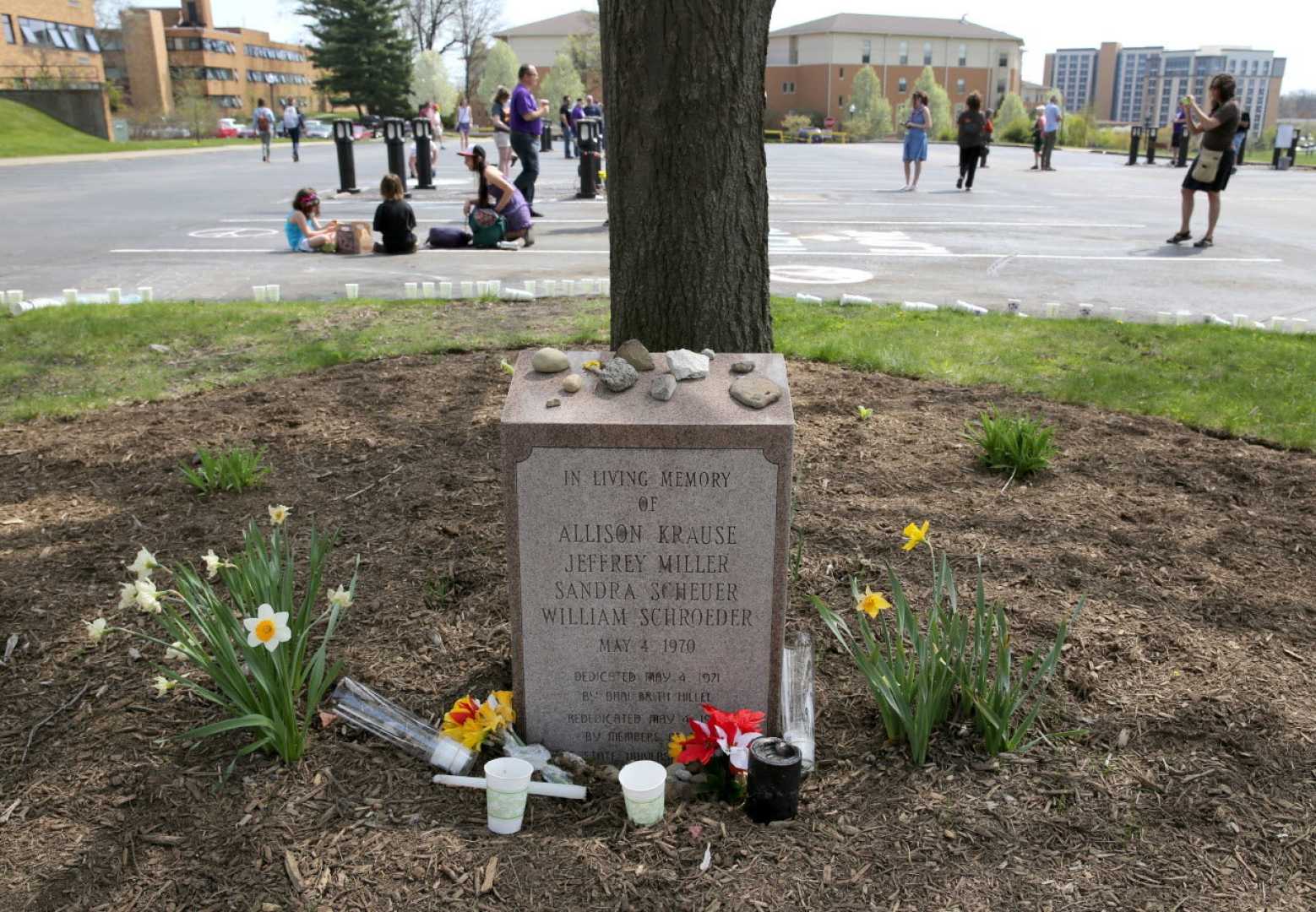News
Witness Recalls Kent State Shootings 55 Years Later

Kent, Ohio — On May 4, 1970, Bruce Meirowitz, then a 19-year-old freshman at Kent State University, found himself in a chaotic scene that would change the course of American history. The campus had become a tinderbox of anger and protest, the result of President Richard Nixon‘s decision to invade Cambodia during the Vietnam War.
On Saturday night, May 2, Meirowitz was in his dorm room when a friend informed him that the campus was on fire. ‘You could see flames coming up from Blanket Hill, or the glow of flame near the ROTC buildings,’ he recalled in a recent phone interview. The demonstrations were growing in intensity as more students expressed their dissent against the war.
By noon on May 4, Meirowitz joined a crowd of hundreds of demonstrators on campus when National Guardsmen arrived and opened fire, killing four students, including 20-year-old Jeffrey Miller from Plainview, New York. Meirowitz, who had not previously participated in protests, felt compelled to bear witness to the turmoil.
‘The right to assemble was taken from us,’ he said, reflecting on the martial law imposed on campus in the days leading up to the shootings. He noted that while students yelled insults at the guardsmen, he did not witness any students throwing rocks, countering claims made by various reports at the time.
‘I heard a crack,’ Meirowitz said, describing the moment shots were fired. Initially, he believed they were using blanks but soon realized the grim reality as he saw fellow students fall. Fearing for his safety, he moved away from the frontline and sought refuge in one of the dorms.
Upon returning to his dorm, Meirowitz was shocked to find arrest warrants posted for the protesters and signs indicating rooms could be searched for weapons. ‘At this point, the crowd was dangerously agitated,’ he recalled. ‘They were screaming, ‘Murderers! Murderers!’
Five decades later, Meirowitz, now 74, reflected on how the Kent State shootings had lasting implications. He went on to finish his degree at Buffalo State University, became an art teacher, and served as a lifeguard on Long Island’s beaches for over 50 years. ‘I have a visceral fear of government overreach and using the military on American soil,’ he said, expressing how the events of that day shaped his views.
In the aftermath of the shootings, the nation was deeply divided. Historian Carolyn Eisenberg noted that Nixon’s comments equating campus protests with unpatriotic acts further fueled a national discourse, with many Americans blaming the students for the violence rather than the guardsmen. However, the incident catalyzed a significant shift in public opinion against the Vietnam War.
The Kent State shootings provoked widespread outrage, manifesting in events like the Hard Hat Riot in New York City just days later. Bruce Meirowitz’s experiences on that pivotal day highlight the profound effects of that tragic event, which resonate in the ongoing discussions about protest, civil rights, and government authority in America.












